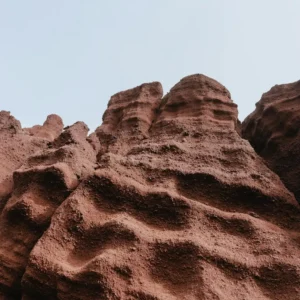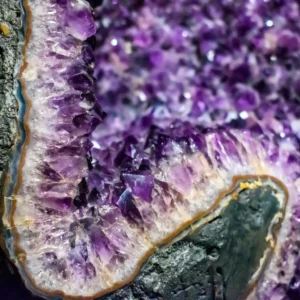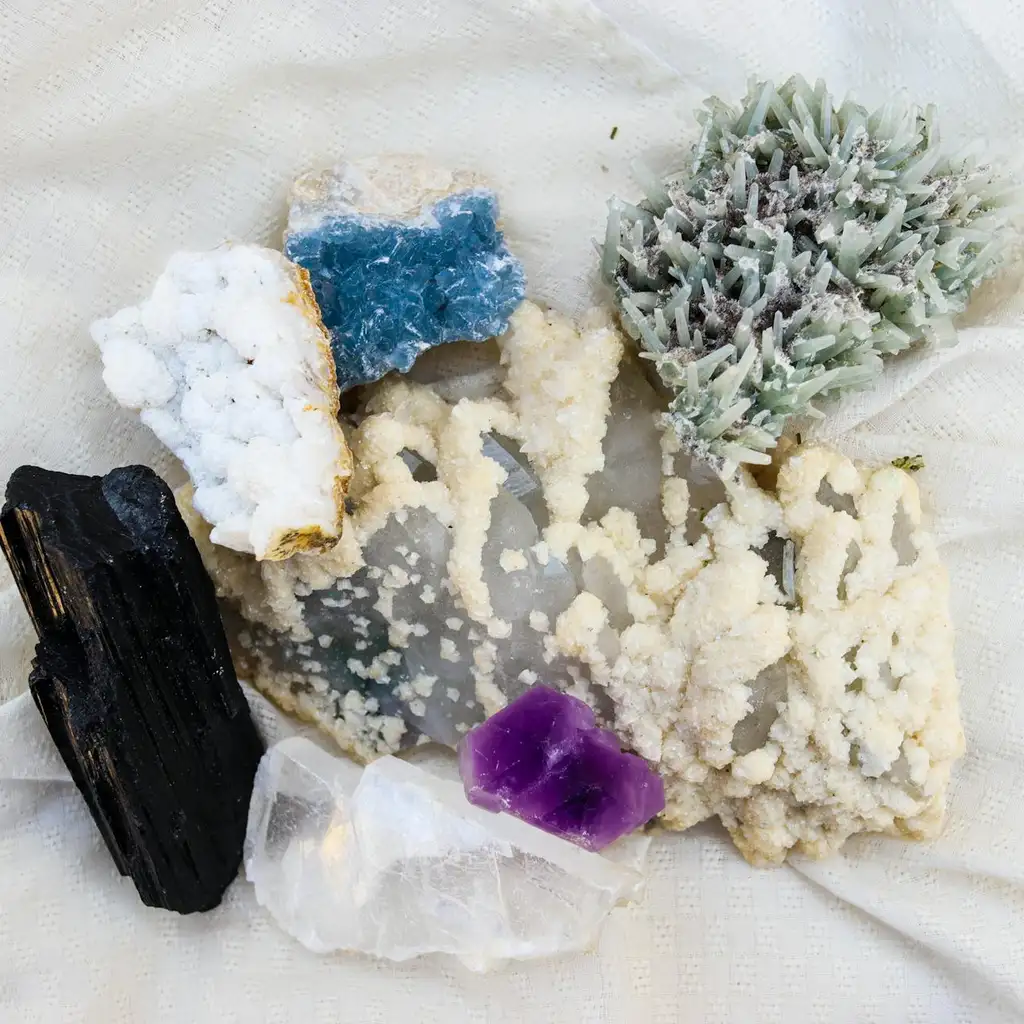Rockhounding is a captivating hobby that invites enthusiasts to explore the fascinating world of minerals and rocks. This pastime offers the chance to collect and study these natural wonders, making it an exciting pursuit for many. Let’s delve into the essentials of rockhounding and uncover some of the best locations in the U.S. to embark on this adventure.
Understanding Rockhounding
Rockhounding, also known as amateur geology or rock collecting, involves gathering rocks, minerals, and fossils from natural settings. This hobby has gained popularity as it allows individuals to start a collection with just a simple rock. Many enthusiasts join groups for art therapy activities, where they search for specimens together and compile their findings. It’s important to note that rockhounding is subject to legal regulations, so it’s crucial to research the rules before collecting in public areas or national parks.
Getting Started with Rockhounding
To begin rockhounding, start by exploring areas near your home and connecting with local clubs or individuals who share your interest. If you prefer solo adventures, equip yourself with the necessary tools and start classifying your samples. Maintaining a database with labels and information about each specimen will help you appreciate the unique history and value of your collection. When displaying your collection, focus on showcasing sophisticated pieces rather than ordinary ones. Building relationships with reputable dealers can also enhance your collection by providing access to quality specimens.
Essential Tools for Rockhounding
Rockhounding requires a variety of tools to break rocks and dig into crevices. Here are some essential tools to consider:
- Personal and Safety Equipment: Protect yourself with goggles, gloves, a hard or sun hat, polarized sunglasses, and steel-toed boots. Always carry a first aid kit, sunscreen, food, and water.
- Collecting Tools: A set of hammers, pry bars, chisels, picks, and paintbrushes will facilitate your rockhounding activities. Choose tools that you find comfortable to use.
- Specimen Identification Tools: A field guide, vinegar, a UV lamp, and a magnifying glass will help you identify and examine fossils and crystals.
- Specimen Transportation Tools: Protect your samples by wrapping them in plastic and newspaper. Use a sturdy bag to carry your items, as they can become heavy.
- Navigation and Record-Keeping Tools: Use maps and guidebooks to navigate sites and record information about your specimens, including their locations.
Identifying Geodes
Geodes may appear as ordinary rocks, but when cracked open, they reveal stunning mineral-lined cavities. These formations can contain crystals, quartz, celestite, and other minerals. Geodes form through various biological, geological, and chemical processes, including volcanic activity and sedimentary rock formations.
Top U.S. Locations for Finding Geodes
The United States offers numerous sites for geode hunting:
- Kentucky: Explore the east-central and south-central regions for large geodes, particularly in the Warsaw-Salem Formations and Fort Payne.
- Iowa: Known for its state rock, Iowa is rich in geodes. Visit Geode State Park and the Des Moines River for rock hunting. The annual Geode Fest is a great opportunity to meet fellow collectors.
- Utah: Dugway Geode Beds are home to volcanic geodes with igneous rhyolite rinds, found beneath layers of clay.
- Indiana: South-central Indiana is abundant in limestone. Try stream hunting at Monroe Reservoir and Bear Creek, but be aware of private property restrictions.
- California: Hauser Geode Beds and Potato Patch Thunder Eggs are excellent spots for finding potato-sized geodes scattered on the ground.
Rockhounding is an accessible hobby that doesn’t require a scientific background. It offers a unique way to document and appreciate the natural world while providing both fun and adventure. Whether you’re a seasoned collector or a curious beginner, the world of rockhounding awaits your exploration.








